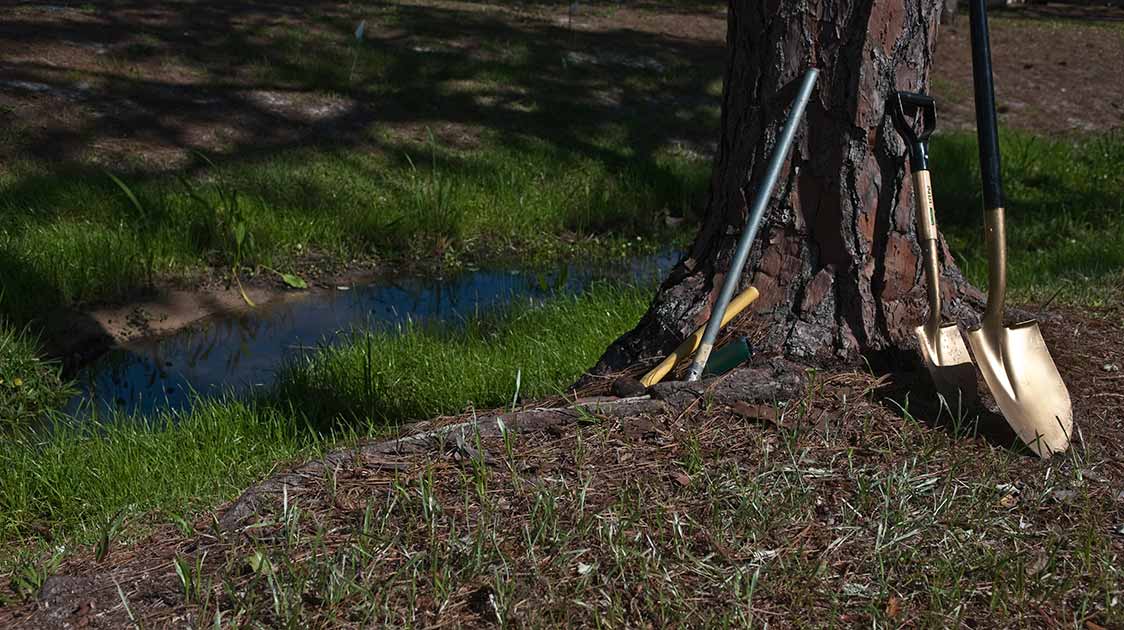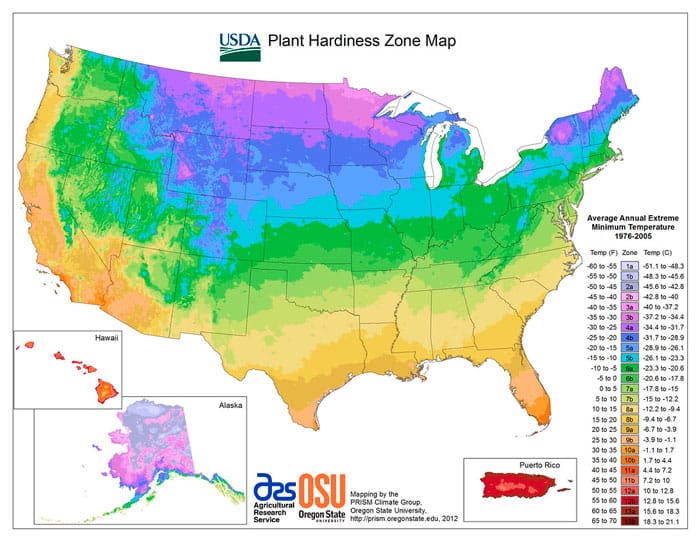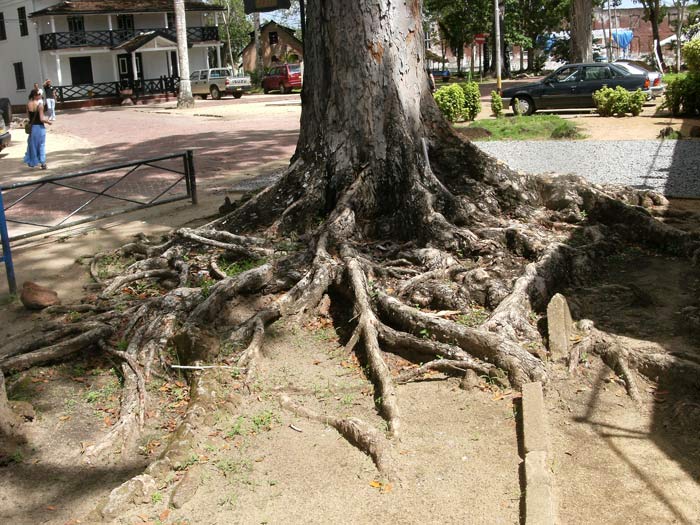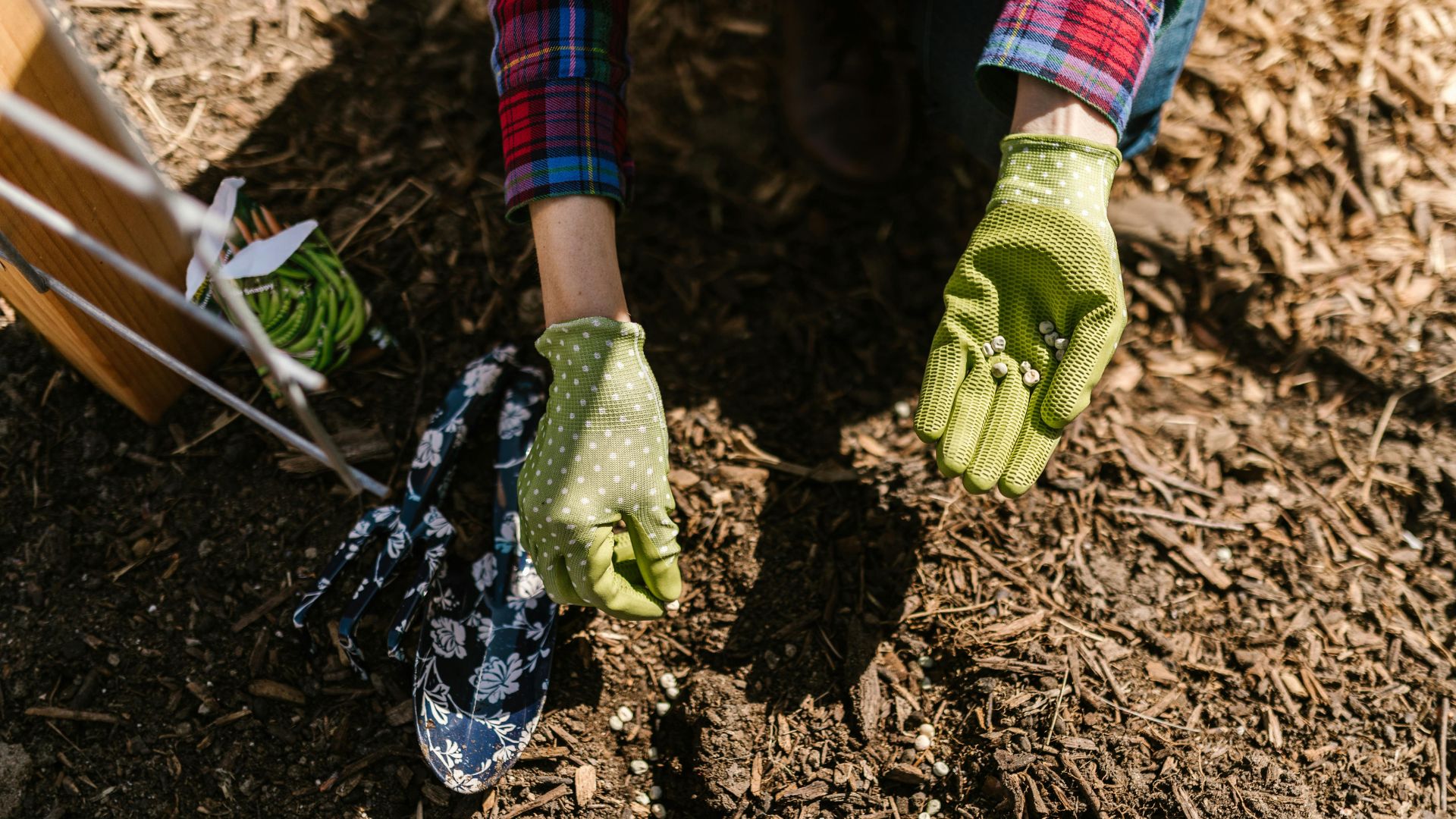
With the world coming to life all around us, spring is the perfect season to plant a tree. But how to choose the right planting spot?
Many homeowners spend lots of time and energy choosing the perfect tree and digging the right sized hole, yet take very little time to consider the planting spot itself. Trees have very specific site requirements that should be considered before they are given a new home.
Here are some things you can do to choose the right planting spot and to make sure your tree has everything on it´s side to grow nice and strong.
How to choose the right planting spot
Choose the right tree species
It can be tempting to pick the prettiest tree, but looks aren’t everything. You will need to find out what kind of tree will do best in your climate, soil, and growing conditions.
Trees that require full sun need a minimum of 6 hours of sun a day to thrive. Look around and take note of how much shade it gets from structures and other trees.
Another key factor to consider before planting is drainage. If the place where you want to plant your tree is sloped, trees and plants at the bottom will retain more water and may even be prone to drainage issues. Keep this in mind when deciding on the water needs of your future tree.
Also consider your region’s hardiness zone, which is the standard that determines which plants are likely to thrive at a given location. See some Plant Hardiness Zone Maps below per region to help determine your region’s hardiness zone (there are many more available online):
- US / Central America / South America
- Europe / Russia
- Africa
- Middle East / Central Asia / China / Japan / South East Asia
- Australia / New Zealand
Finally, the soil chemistry may be very different from the tree’s natural growing habitat. A soil test can tell you what soil amendments are needed at planting for your tree to do well.
These are all some of the first things to consider when you are deciding to choose the right planting spot for your tree or plant.

Image source: planthardiness.ars.usda.gov
Check what´s above and below
When you are about to choose the right planting spot, remember to look above and look below. It’s important to be aware of overhead power lines and underground utility lines before you start digging.
Planting tall trees under power lines will require constant pruning to keep branches a safe distance from the wires. This type of persistent pruning can result in a less attractive and overall less vigorous tree (and more work for you) as well as a potentially serious public safety hazard. Avoid this at all costs!
A less obvious, but equally important consideration, is what’s going on below ground. A tree’s root spread is often much larger than its canopy spread, so always go for more clearance.
To plant your Bios Urn® which is 100% biodegradable and won’t damage the soil, plant about 3-5 cm from the soil surface. If you are planting on private property, always call your utility company to mark underground lines before you dig. Accidentally digging into utility lines can cause serious injury, not to mention service interruptions. Know where the utility lines are, have them marked, plan a safe distance – and then get digging!
Evaluate what other structures are present
Some species of trees can grow very large quickly, and what once was a beautiful shade tree near your back porch can become a hazard in time. So in other words, foresight is your friend when it comes to planting a tree.
Required growing space is one of the most commonly overlooked factors when one is about to choose the right planting spot. If you wish to plant your tree in a built up area, poor placement can result in roots or branches too close to structures, driveways or sidewalks. You could also run into problems with underground plumbing, or overhead or underground power lines as mentioned above.
Before you plant, it’s important to know the tree’s height at maturity, as well as its crown spread and root space. Trees often require more space than you think. When in doubt, ask a local tree supplier or local nursery how much space (vertical and horizontal) is needed to keep your tree healthy and your structures safe.

Image source: Wikipedia
Think seasonally
What goes on in the spring can be drastically different than in the fall or winter. Thinking seasonally will help you choose the right planting spot and plant your tree with its best interests in mind throughout the entire year.
Consider whether the tree is deciduous or evergreen. How much of a problem will falling leaves or needles be in this location?
Also ask yourself how much sun does the site receive in the winter versus the summer?
And finally, will the tree drop messy fruit or sap on sidewalks or driveways? For example, a fruit tree near the sidewalk will require a lot of messy cleanup. Planting a pine tree near the driveway can mean your car will be covered in sap certain times of the year.
Plan for the future
If you are planting on your own property, think about your long-term plan for both the tree and your space. Will you want to put in a shed or play structure in the future? How big will the surrounding trees grow? Do you have plans to eventually put in a driveway or a garage? How much will the tree shade your yard 10 or 15 years from now?
Planning now for the future will help you to avoid tree troubles later and to choose the right planting spot.
First steps to get started
All this may seem like a lot of information, but the investigation process can be just as fun as the actual planting itself. Especially when you then see your tree growing nice and healthy thanks to all of your careful considerations.
So first and foremost, we recommend that you speak to a local specialist to help determine what tree species would work best in your area. You can ask a local tree supplier or local nursery things like how much space (vertical and horizontal) is needed to keep your tree healthy and your structures safe, how much sun and water it will need and all the other questions mentioned in this article. This way you are ensuring that your tree has the best potential to grow.
Remember that the Bios Urn® has full seed compatibility and can be planted with any seed, bush or plant. The Bios Urn® does not have an expiration date: thanks to the materials used to create it, you can keep the urn indefinitely. So if you don’t plan on using your urn anytime soon, we recommend getting a Bios Urn® without seed and source your chosen seed or seedling at the moment of planting which will be perfectly adapted to your region and space.
What do you think of our tips on how to choose the right planting spot? We´d love to hear from you in the Comments section below!
You may also be interested in reading Places Where the Bios Urn® can be Planted, Planting the urn in a Forest or Public Place and How I can Make Sure my Bios Urn® Grows.
To keep up to date with all the latest Bios Urn® news and stories, you can follow us on Facebook, Instagram, Twitter, Pinterest and YouTube!
Source: Arborday
Join our mailing list to keep you updated of all Bios® news and get a 10% Discount!








[…] The more research that you do before you hire a tree service, the better chance that you will find the best one. Just be sure that you know the type of service that you want, and that you do all of the research so that you know what is best for your tree. […]